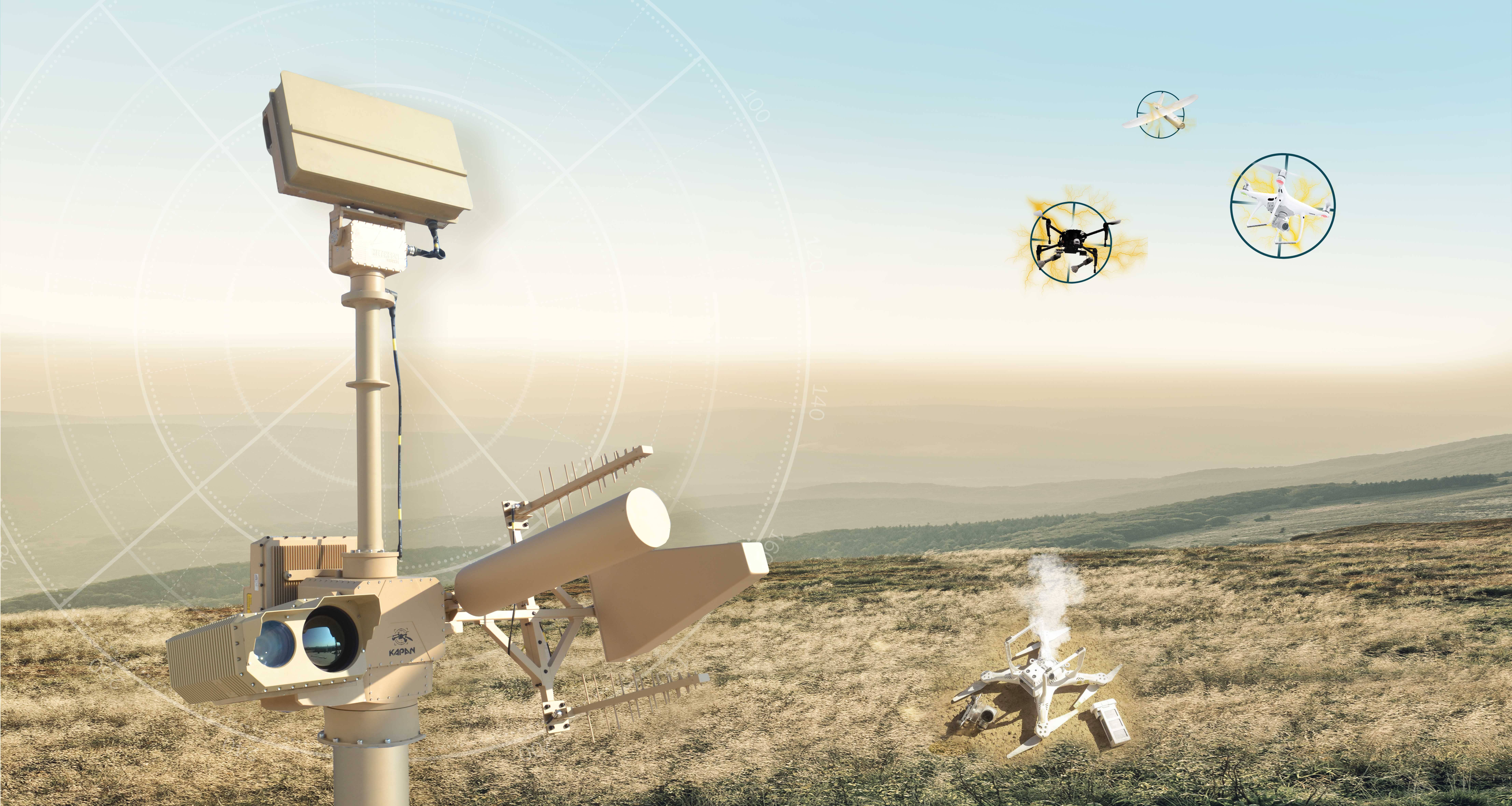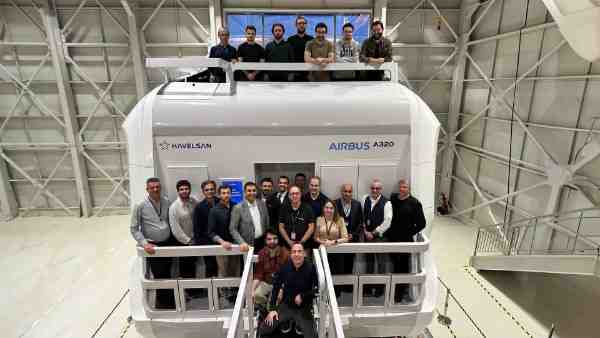The use of drones for intelligence or assault by enemies or terrorists are spreading rapidly and it is very difficult to detect them by traditional security measures. A small drone can harass a target or even drop an explosive payload that can make catastrophic damages on critical facilities or military bases. The fact that Mini/Micro UAVs can be obtained at very low prices, even from e-commerce sites, and the fact that dozens of them have the capacity to attack targets at the same time increases the size of the threat exponentially. Therefore, complete and reliable protection solution is a necessity against drone threats.
There are several solution methodologies against drone threats. The most important function of those methodologies is detection and interception. Mostly, Radar Systems, RF Detection Systems, Electro-Optic Systems, acoustic systems are used as sensor units for drone detection. Some of these sensor units are not effective according to specific threats. For example, RF Detection Systems cannot detect programmed/autonomous drones or cannot detect swarm drone attacks if there is just one drone emitting and it directs other drones. In addition, electro optic systems are not suitable for 360 degrees air surveillance due to limited field of view, and they need to be merged with other sensor units to cover wider air space.
Radar is a sensor that is using radio energy to detect an object. It sends out a signal and receives the reflection, measuring direction and distance (position). Radar can provide long range, constant tracking, and highly accurate localization and can handle multiple targets simultaneously, track all drones regardless of autonomous flight, independent of visual conditions (day, night, fog, etc.). Additionally, radars can detect autonomous drones, swarm drone attacks while providing 360-degree coverage. Therefore, it can overcome many disadvantages of other sensor units as just one sensor unit, which is cost effective.
Interception is another important factor of counter-drone systems. There are interception systems such as jammers, lasers, hunter drones, and weapon systems. Determining the most applicable interception methodology is crucial in an area such as residential areas, airports, and military bases. Laser systems and weapon systems are very effective interception method (hard-kill) for battlefield but it is hard to use such kind of systems in residential areas, airports, or in military bases because there are potential threats against people, airport/electronic devices, and ammunitions.
Jammer disrupts the radio frequency link between the drone and its operator by generating large volumes of RF interference. Once the RF link, which can include Wi-Fi links, is severed, a drone will usually either descend to the ground or initiate a “return to home” maneuverer. Jammer also disrupts the GNSS (GPS, GLONASS, GALILEO and BEIDOU) signals and it causes drone to lose its position. Therefore, RF jammers appear as the most applicable neutralization solution in those areas which is named as soft-kill. However, RF jammers might also be harmful against ammunitions and airport/electronic devices. Hence, it is important to use the most applicable jammer for urban areas, airport, and military base environments. For this purpose, directional jammers are the most suitable solution because operator can choose jamming areas and angles to prevent any effects to own airport/electronic devices or ammunitions. On the other hand, omnidirectional jammers are more effective against swarm attack.
With considering all these requirements, advantages and disadvantages, Türkiye’s high technology defence industry company Meteksan Defence developed KAPAN Counter-Drone System for military and security officers to help them fight with drone threats.

KAPAN offers a superior drone detection, tracking and neutralization performance for border and critical infrastructure security. KAPAN Counter-Drone system offers precise drone detection and tracking performance with Radar and Electro-Optic system combinations and allows neutralization of drones with RF Jammer.
| Parameter | Specification |
| Radar | Retinar FAR-AD Drone Detection Radar |
| Electro-Optic | High Resolution and Long Range Cameras
Cooled MWIR Thermal Camera Full HD Daylight Camera Automatic Drone Classification and Tracking |
| RF Jammer | Telemetry Communication & Control Bands, Video Transmitting Bands, WiFi / ISM Bands, GNSS Bands
Directional / Omnidirectional Antennas |
The target drone, which is detected, classified, and started to track; is identified with the thermal / day cameras and afterward, more precise positioning and tracking are performed. In this case, by the command and control software, the targets can be fused and viewed as a single track on a common operational picture in wide areas where more than one KAPAN is used. The direction and position information of the target drone provided by sensors can be assigned to the RF jammer for neutralization.
KAPAN incorporates Artificial Intelligence (AI) and Machine Learning techniques with 3D radar, EO and IR tracking to increase the effectiveness of the system. With increasing speed and confidence of the system, KAPAN Command and Control Software ensures fully automated operation including detection, classification, tracking, and reacting process.
C2 Software of KAPAN does not just provide to command and control radar, electro optic systems and RF jammer from one unit but it can also perform fusion and observation of target information received from multiple radars.
C2 Software displays sensor information and videos on map, also shows Jamming Area and status on map. Operator can define the Alarm Zone and Alarms are recorded automatically

The system can be installed to towers or buildings for the security of a critical facility or it can be integrated to vehicles for a mobile counter drone system solution.
Key Features of KAPAN
- Detection of drones up to 9,3 km
- Detection of small drones (RCS: 0.01 m2) up to 4,4 km
- Classification up to 4 km
- Neutralization up to 6 km depends on communication frequency
- 360o Coverage
- 700 km³ volume scanning at a second
- Target classification and identification in low visibility
- Flexible stationary or on vehicle use with single-axis integration
- Digital maps and innovative 3D Map Display
- Integration options with other sensor/systems (laser, machine gun etc.)













